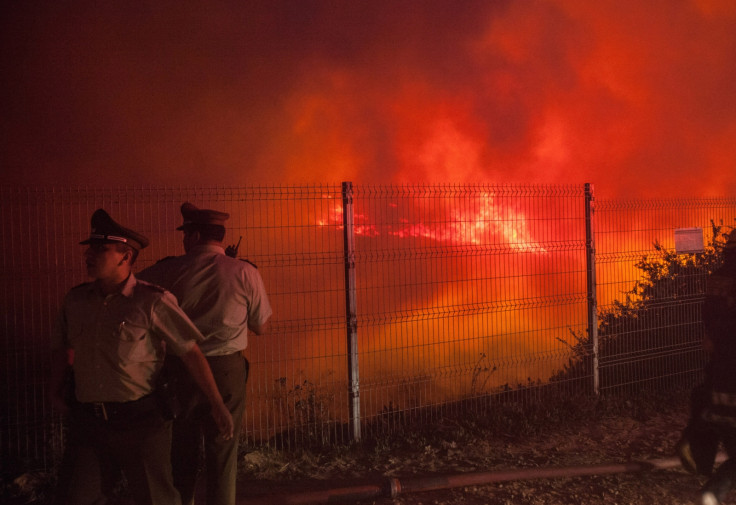Peru declares state of emergency as it fights deadly forest fires
A heatwave in the region has also caused fires in neighbouring Chile and a drought in Bolivia.

Seven municipalities in the northern part of Peru have now declared a state of emergency after struggling to contain forest fires that caused at least two deaths and the destruction of more than 11,000 hectares (30,000 acres) of land, including five protected areas, in the past 10 days.
Environment Minister Elsa Galarza announced that a special brigade of firefighters had been dispatched to the affected areas from other parts of the country "to lead the effort to control the fire". Speaking to the press on 22 November, the minister also said that the National Defence would fly a plane over the affected areas to fully assess the situation and the damage.
Peru's agriculture minister, José Manuel Hernández Calderón admitted the country was not well-prepared to deal with this kind of disaster. "We've been prepared for floods but we're not prepared for fires like this," he said speaking on national radio.
According to official reports, by Wednesday (23 November) evening firefighters were making progress in controlling the fires in the Cutervo National Park (Cajamarca), the Laquipampa Wildlife Refuge (Lambayeque), the Cerros de Amotape National Park (Tumbes) and the Udima (Lambayeque) Wildlife Refuge.
According to the Peruvian Civil Defence Institute (INDECI), the fires were under control in five of the 12 regions affected.
In Cajamarca, one of the areas most affected by the fires, one of the forest fires that erupted in the Pagaibamba Protection Forest was reported as being 80% under control by Wednesday evening.
"The ferocity and speed of the fires took us by surprise" said Joel Córdoba, one of the people involved in the firefighting mission, which also includes park guards, volunteers and members of non-governmental organisation, speaking to the Guardian via phone from the Cajamarca region. "The people have a bad habit of burning to clear land for cultivation at this time of year they rely on the rains to put them out, but the rains didn't come," he explained.
#ÚltimaNoticia. Se controlan incendios en 4 áreas naturales protegidas. En el BP Pagaibamba se controla en un 80%. https://t.co/Sy355bx0F8 pic.twitter.com/V3BrdR24vc
— SERNANP (@SERNANP) November 23, 2016
The area of Cajamarca is one of the most affected by the fires, which are also threatening the region's cultural heritage. Cajamarca's regional cultural director Carla Díaz García, told the Peruvian news agency Andina that fires broke out almost all over the region, engulfing archaeological sites. "In Cutervo national park we have pre-hispanic roads and structures that will need to evaluate once we control the fire," she said.
The fires were first reported two weeks ago amid a heatwave, and have spread due to a combination of factors including unusually hot and dry weather and strong winds.
Neighbouring Chile and Bolivia have also suffered the consequences of the heatwave. In Chile, authorities were fighting about 20 wildfires which had burnt through 19,000 hectares (46,949 acres) as of 18 November, but no casualties were recorded.
Bolivia declared a state of emergency over the worst drought to hit the country in 25 years that left thousands of people with limited access to clean water.
© Copyright IBTimes 2025. All rights reserved.






















